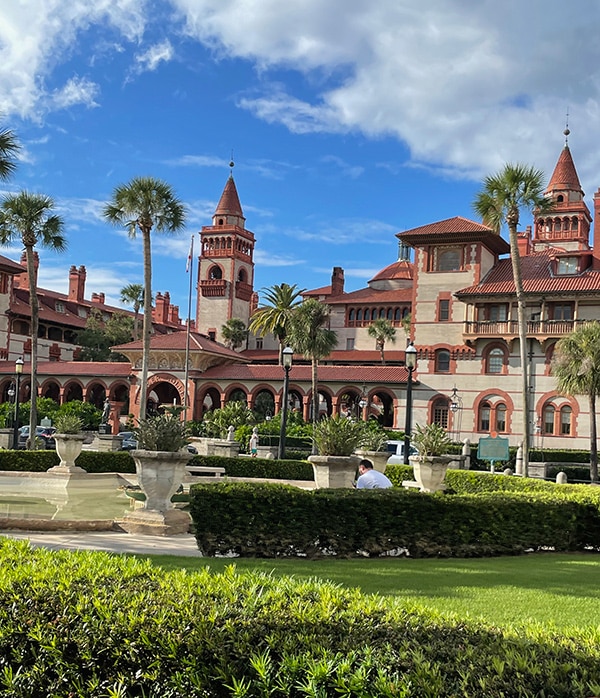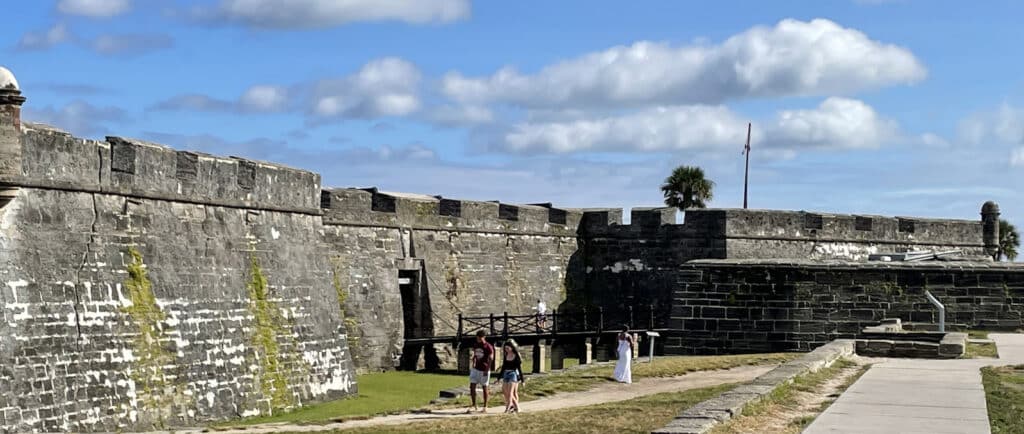
While I did not grow up there, I spent many years living in Florida, in the Tampa Bay area. With a series planned (now dropped, sadly) focusing on the Caribbean, Mesoamerica, and pirates, I decided to use a temporary return visit to Florida to check out a few historical landmarks. Namely, St. Augustine, the oldest permanent, continuously occupied European settlement in America (about 3.5 hours drive from Tampa). In 1513 the Spanish explorer, Juan Ponce de León, led the first official European expedition to what he named La Florida. He sailed along the coast, charted the Keys, and according to unsubstantiated tales, searched for the Fountain of Youth. Decades later, in 1565, King Phillip II sent Pedro Menéndez de Avilés to found a colony in Florida to protect Spanish trade interests and oust the French foothold (Fort Caroline in modern Jacksonville).
Menéndez landed at a Timucuan village in what he named San Agustin (St. Augustine, Florida). For most of a year they lived in peace together (and the Spanish succeeding in overcoming the French). Spanish relations with the natives soured, however, forcing the European colonists to move to the adjacent Anastasia Island. Later governors managed to sooth things over with the Native Americans, and St. Augustine became a permanent settlement.
The town suffered numerous assaults over the years. Perhaps most notably, English privateer Sir Francis Drake burned the settlement to the ground in 1586. Attacks from British ships and pirates continued, leading to the founding of the fort, the Castillo de San Marcos (built from 1672-1695). Constructed from “cannon-proof” coquina stone mined from Anastasia island, the fortress weathered every assault, making it one of the most successful military fortifications in American history.
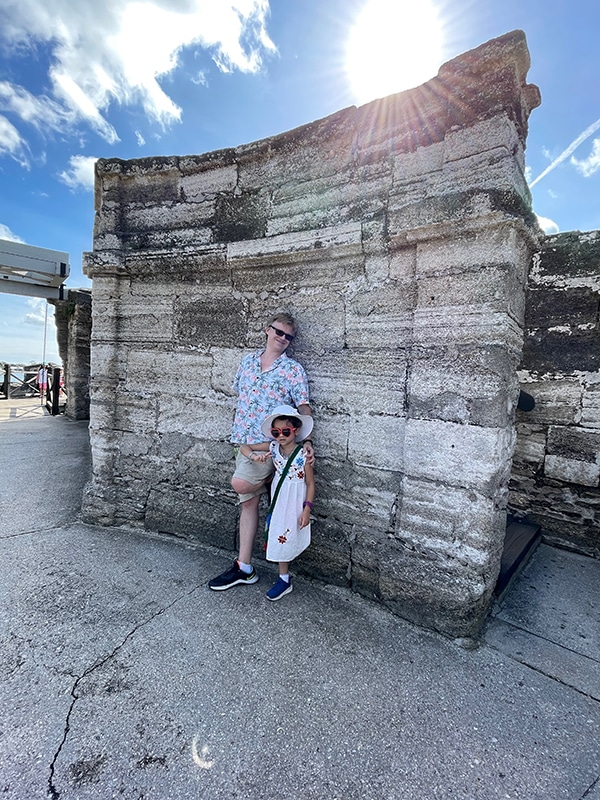
It changed hands many times, though due to the whole area being traded as a result of conflicts, rather than being captured in and of itself.

When the town was attacked by pirates or the British after the fort’s construction, the entire population would retreat inside. At one point, the British sieged the town for two months, while 1600 residents took shelter in the Castillo’s courtyard. For the record, it’s not a very large courtyard.
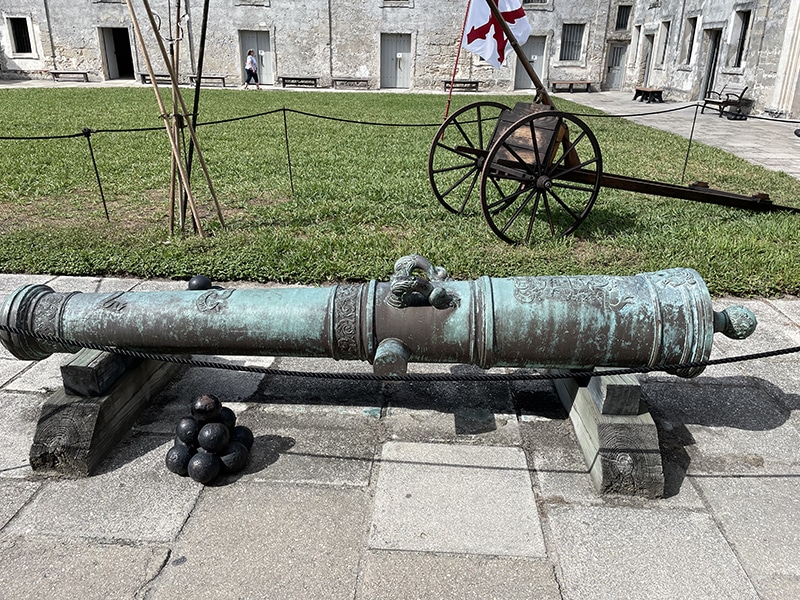
Honoring its history of conflicts with pirates, modern St. Augustine features lots of pirate-themed restaurants and shops. More importantly, they have a truly worthwhile pirate history museum featuring historical artifacts, informational displays, and a cool treasure hunt that entertained my six-year-old.
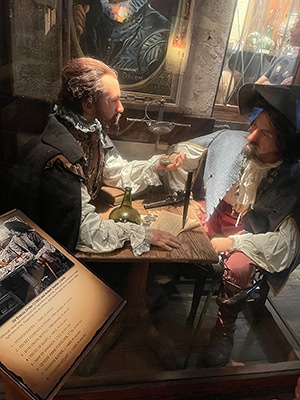
The downtown area also has some excellent places to eat and pass a relaxing evening, as well as several interesting architectural works (definitely check out Flagler college if you happen to be in the area).
